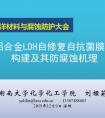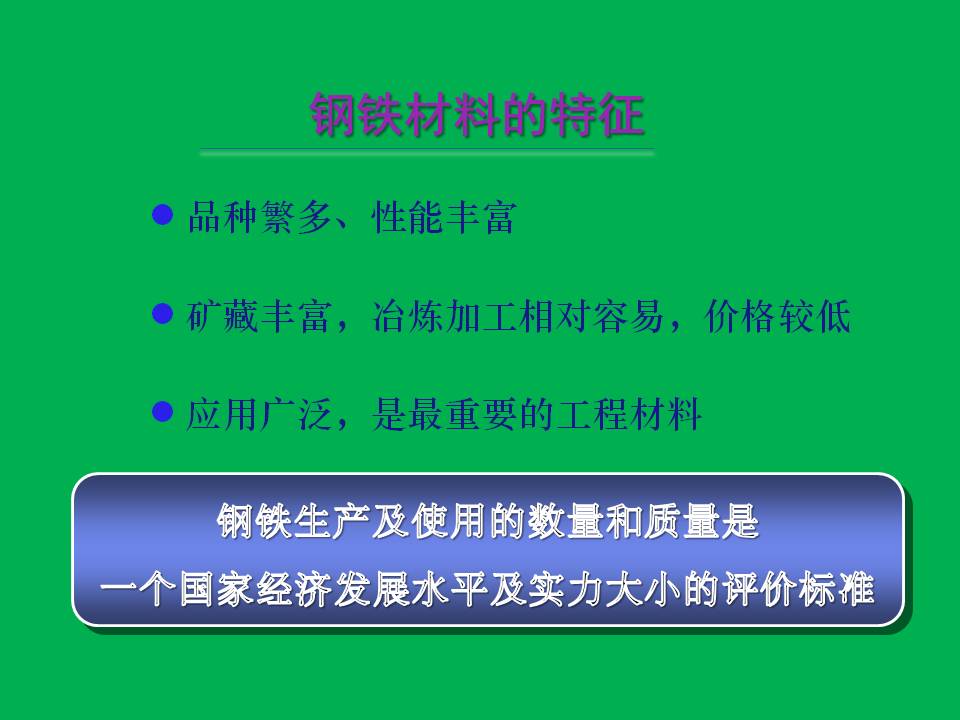(北京科技大學腐蝕與防護中心,北京 100083)
摘要:目前能源需求日益增加,海洋資源的開發變得尤為重要。對海洋的利用和通過鉆井平臺對石油的開采正逐步加大。淺海和環境條件較好地區的石油和天然氣資源正逐漸枯竭,這迫使石油和天然氣的開采逐漸向更具有挑戰的深海和嚴酷海洋環境的地區發展。相對于一般的結構鋼,使用在深海和嚴酷海洋環境下的海洋平臺結構鋼需要具有更好的機械性能,它必須有較高的強度、韌性、焊接性能,低溫加工性能,并且抗疲勞、抗層狀撕裂和較好的耐腐蝕性能。因此具有高強度和韌性的新型低碳貝氏體鋼正逐步取代原有的鐵素體和珠光體結構的鋼種應用于海洋平臺等結構。目前,690MPa級高強鋼是應用于海洋平臺結構中強度級別最高的低碳貝氏體結構鋼,然而這種結構鋼在嚴酷海洋環境下很有可能發生腐蝕和應力腐蝕開裂等問題,制約海洋工程的發展。
在海洋工程中,腐蝕,尤其是應力腐蝕開裂是導致海洋平臺和其它鋼結構失效的重要問題之一。在較難發現和評估的情況下,應力腐蝕開裂會造成海洋平臺極大的安全問題,引起脆性斷裂和失穩破壞,造成大量的人員傷亡,以及嚴重環境污染和巨大的經濟損失。但是目前對海洋環境中高強度的低碳貝氏體鋼的應力腐蝕行為并沒有清楚的認識,對其應力腐蝕開裂的機理也沒有深入的研究。
本研究利用電化學測量技術及建立模擬海洋干濕交替環境下的恒載荷應力腐蝕試驗方法,對模擬海洋干濕交替環境中E690高強鋼的電化學腐蝕行為及應力腐蝕敏感性、機理及裂紋擴展方式進行研究。結果表明:模擬海洋干濕交替環境下,隨試驗周期增加,E690高強鋼的陽極電流密度逐漸減小,陰極電流密度有逐漸增加的趨勢,腐蝕電流密度先增加后減小,耐腐蝕性能先減小后略有增大;其腐蝕較為嚴重,120h后表面已被腐蝕產物所覆蓋,隨時間的延長,腐蝕產物逐漸增多;海洋干濕交替環境下,E690高強鋼具有應力腐蝕敏感性,應力腐蝕機理為陽極溶解和氫脆的混合控制機制,裂紋擴展模式為典型的穿晶擴展模式;腐蝕產物以Fe3O4為主,并伴有α-FeOOH、β-FeOOH、γ-FeOOH、FeOCl等。銹層的結構和種類,對E690高強鋼的應力腐蝕敏感性有較大的影響,Cl-富集在腐蝕產物內層,對應力腐蝕開裂有促進作用,Cr促進了銹層的致密化,降低了材料均勻腐蝕。
關鍵詞:干濕交替,高強鋼,應力腐蝕,電化學,海洋
Stress Corrosion Cracking Of E690 High Strength Steel In Alterating Wet-Dry Environments
Hao Wenkui,Liu Zhiyong,Li Xiaogang2),Du Cuiwei,Wu Wei,Qian Hongchang
( China Corrosion and Protection Center,University of Science and Technology Beijing,Beijing 100083)
Abstract:The exploitation of natural resource mostly deposited in the ocean had played an important role in the many nations recently. Marine resource utilization was popular in these years and underneath oil was available through off-shore platforms. In recent years, the oil and natural gas in shallow waters and reasonably benign environments have been largely depleted, and the oil and gas industries have been compelled to move into more challenging environments such as deeper waters and harsher metocean conditions. Steels used in deep sea applications or harsh marine environment for constructing offshore platform need to have mechanical properties that exceed those commonly used in construction. It is necessary to enhance strength, toughness, anti-fatigue, anti-lamellar tearing, weldability, cold formability, and corrosion resistance for development of these steels. Currently, the low carbon bainite steel is a new kind of multi-use steel with high strength and toughness, So it is gradually taking place of ferrite and pearlite as the offshore platform steel. At present, 690MPa high strength steel grade is the highest strength grade of low carbon bainite steels by applied off-shore platforms. However, the low carbon bainite steel may corrode and stress corrosion cracking (SCC) in the harsher metocean conditions, restricts the development of ocean engineering.
The corrosion and especially SCC problems are considered to be the most important factors leading to structural degradation of off-shore platforms and many other types of steel structures. The SCC has a harmful consequence from the point of view of safety and can lead to brittle fracture and unstable failure, with little or no warning. These failures can imply a risk of loss of human lives, a risk of polluting the environment and huge economic losses. But the SCC behavior and mechanism for the low carbon bainite steel with high strength has not been adequately investigated.
In the present paper, Electrochemical corrosion behavior and the sensitivity, mechanism and the mode of crack propagation of stress corrosion cracking of E690 high strength steel in marine alternating wet-dry environments was investigated by electrochemical technologies and the set up by oneself of constant load test method. Results show that the extension of the time not only enhanced the cathode current density and reduced the anode current density, but also influenced resistance of corrosion in alternating wet-dry environments. E690 high strength steel in alternating wet-dry environments was serious corrosion and sensitivite to stress corrosion cracking. The SCC mechanism was a mixture of anodic dissolution and hydrogen-induced cracking (HIC) in terms of transgranular fracture. Fe3O4 was the main corrosion product and α-FeOOH、β-FeOOH、γ-FeOOH、FeOCl was also produced of E690 high strength steel in alternating wet-dry environments. The electrochemical corrosion behavior and stress corrosion cracking of E690 high strength steel in alternating wet-dry environments was influenced by the structure and species of the rust layer. The stress corrosion cracking of E690 steel were promoted by the enrichment of Cl- in the inner corrosion products. Cr contributed to the formation of a dense rust layer, reduced the uniform corrosion.
Key words:alternating wet-dry,high strength steel,stress corrosion cracking,electrochemistry <javascript:void(0);>,ocean
聯系方式
責任編輯:趙澤南
《中國腐蝕與防護網電子月刊》征訂啟事
投稿聯系:劉娟 電話:010-82387968-807
QQ: 2850329508 郵箱:liujuan@ecorr.org
中國腐蝕與防護網官方 QQ群:140808414

官方微信
《中國腐蝕與防護網電子期刊》征訂啟事
- 投稿聯系:編輯部
- 電話:010-62313558-806
- 郵箱:fsfhzy666@163.com
- 中國腐蝕與防護網官方QQ群:140808414




